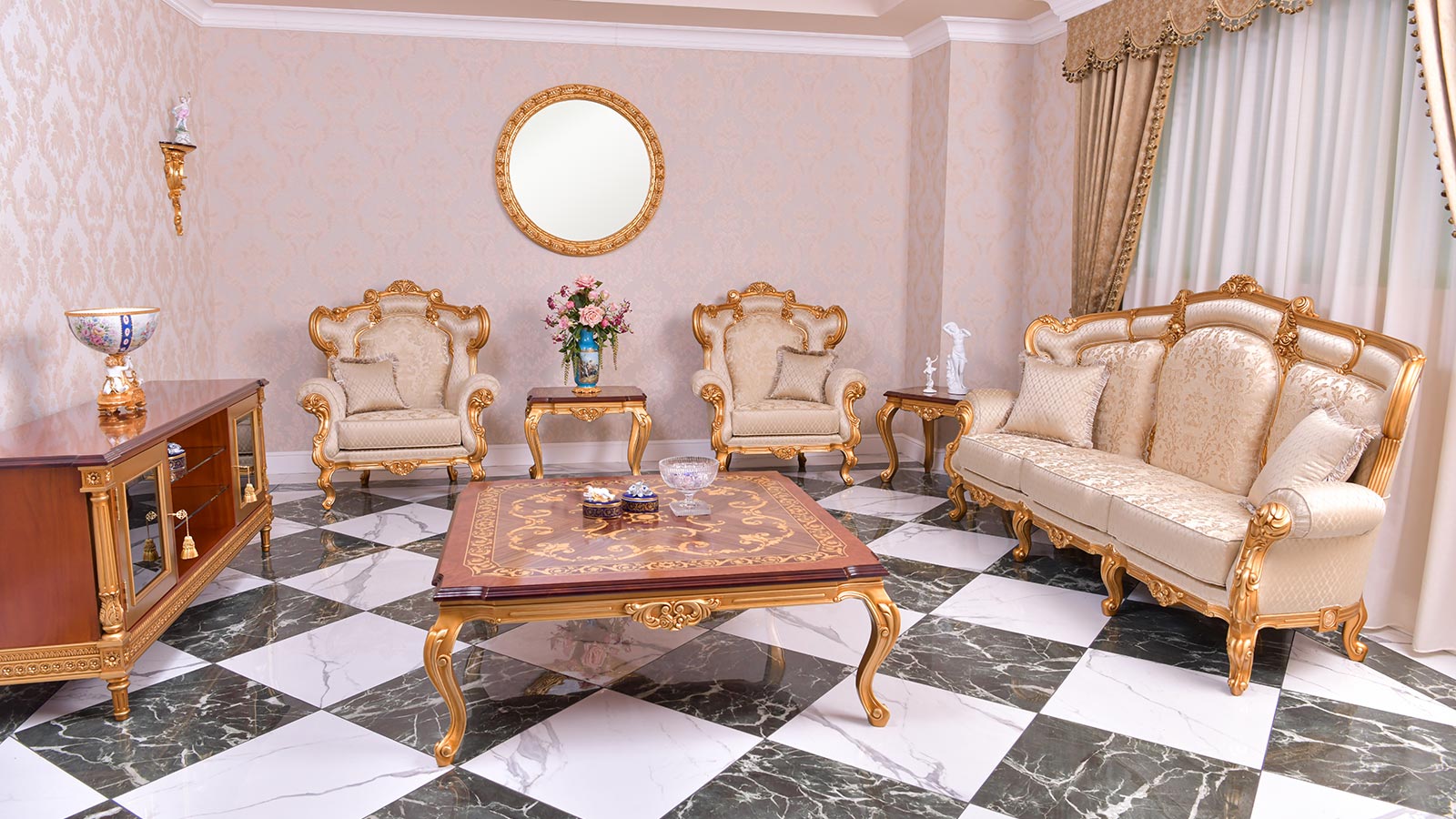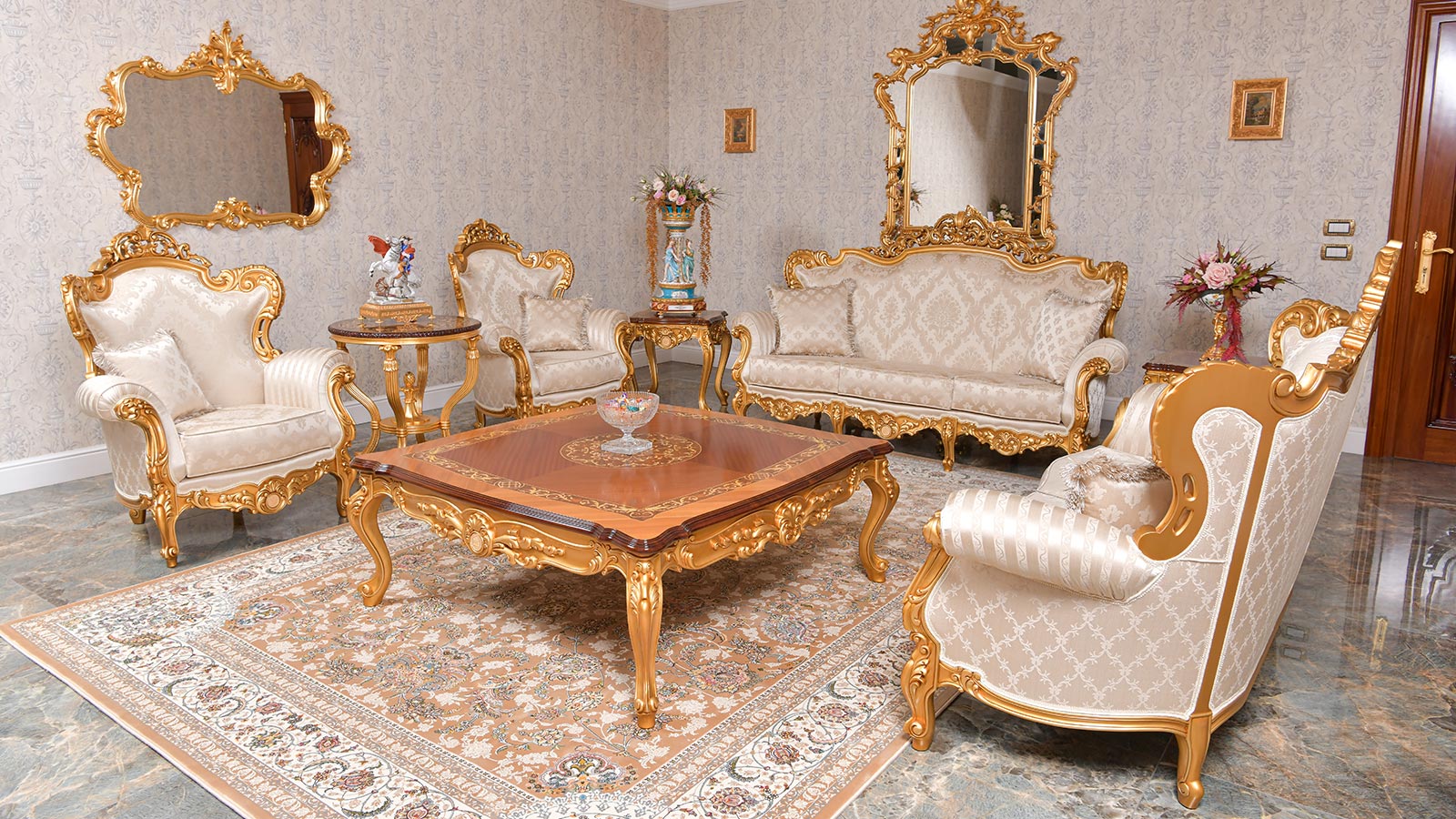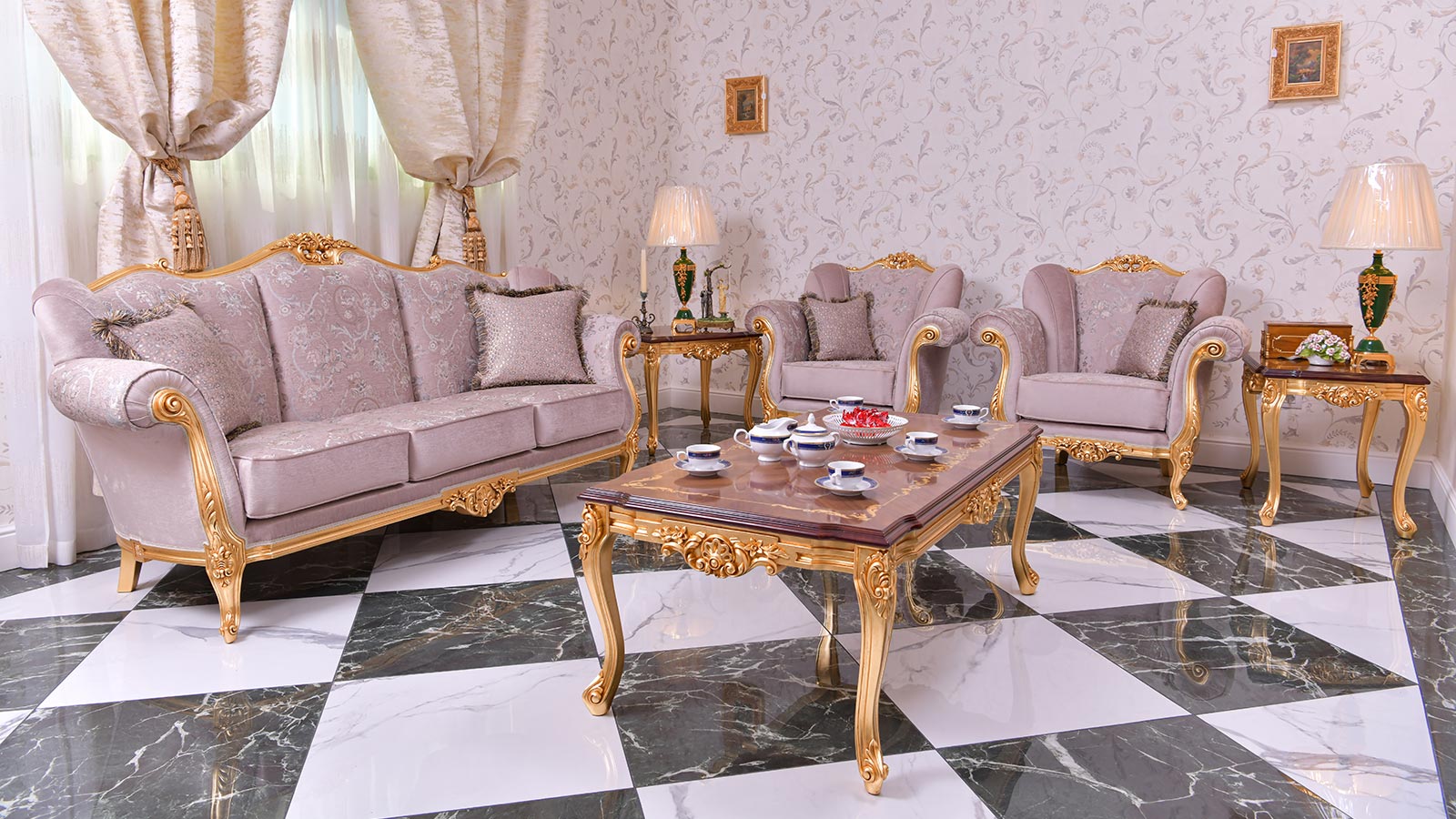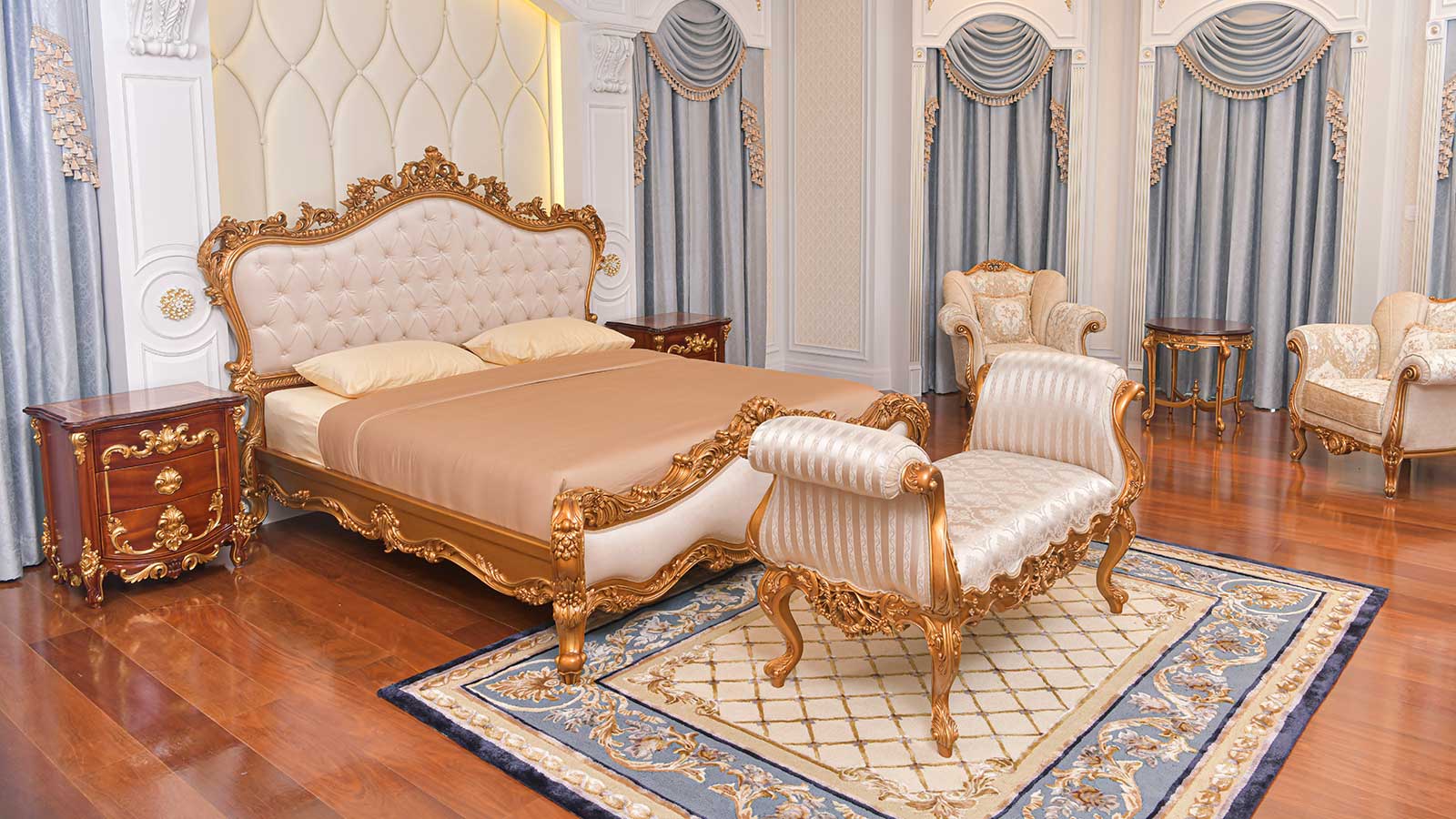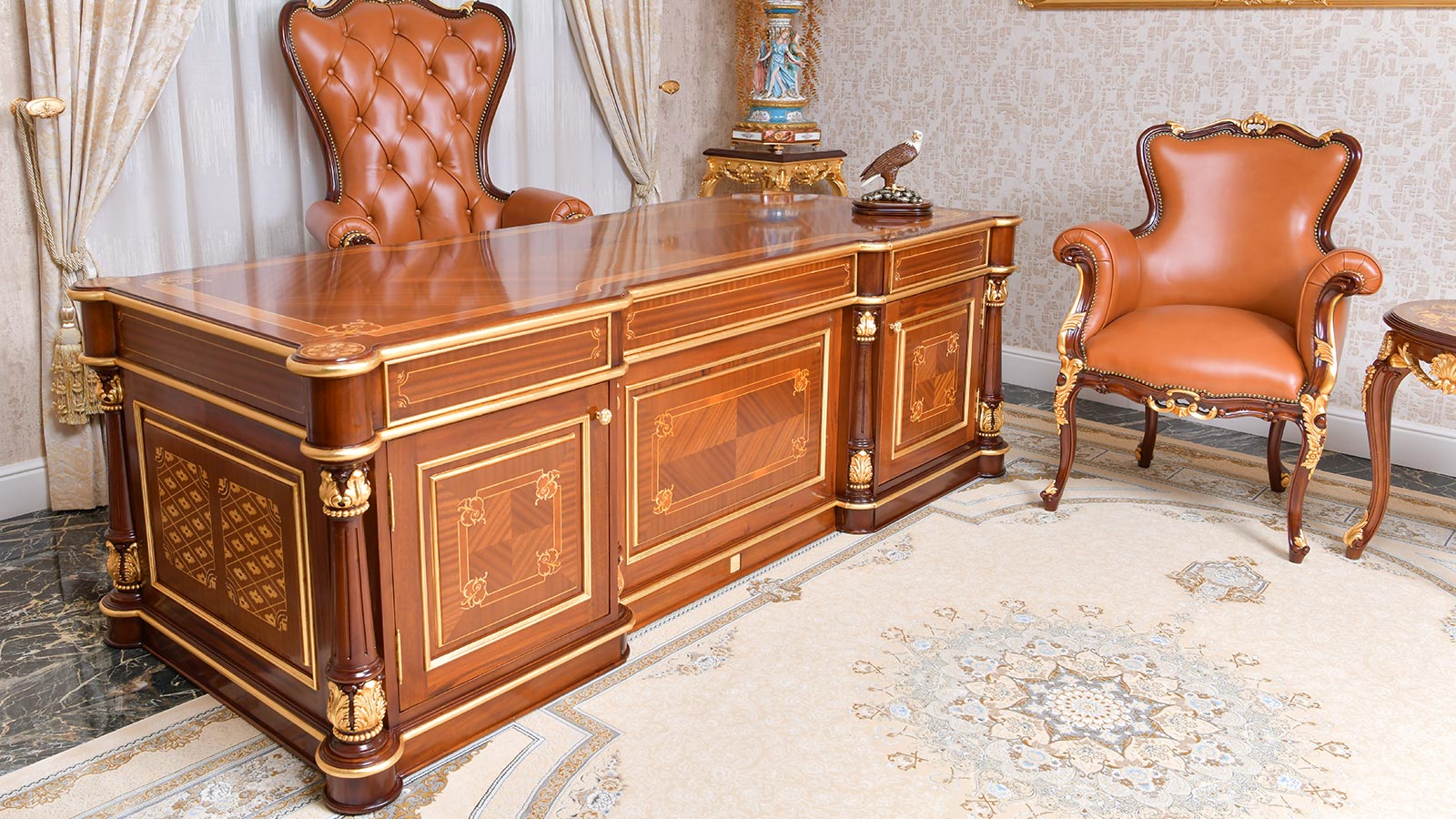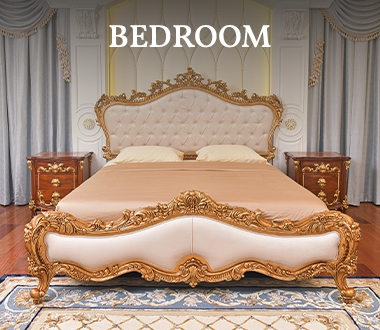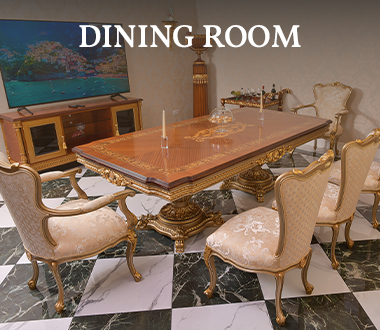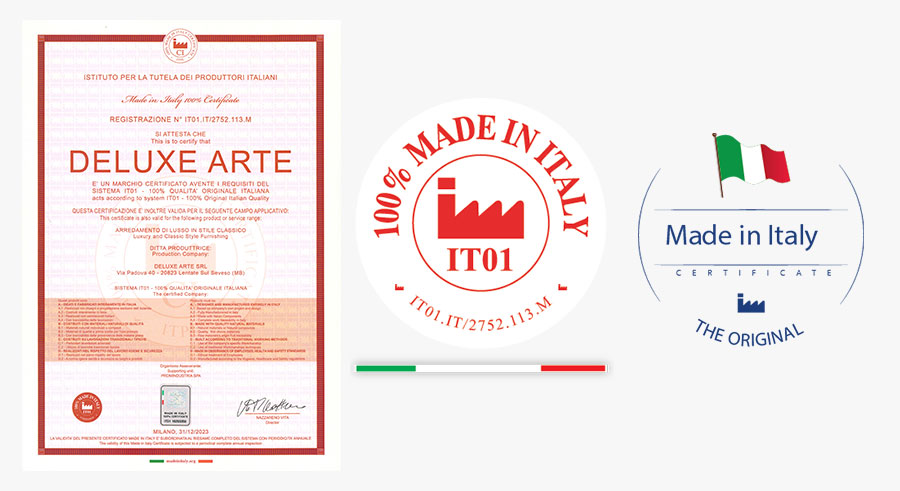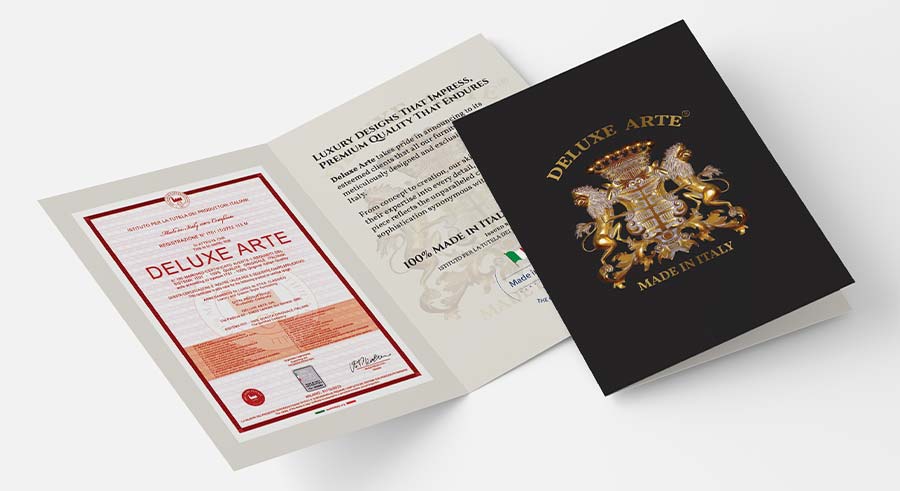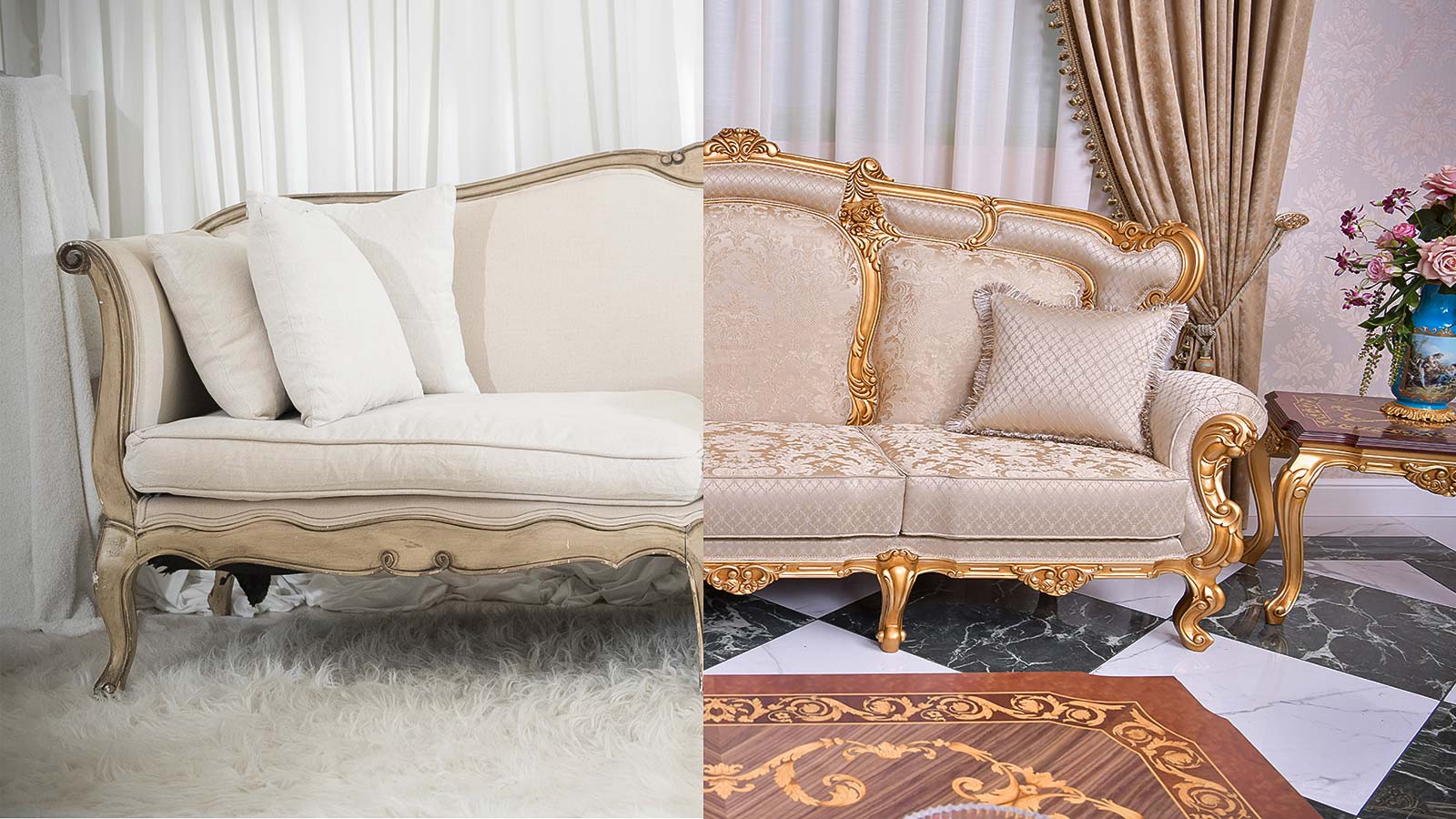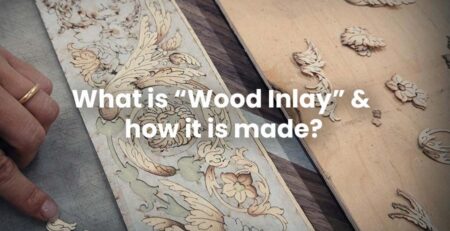French Classic Furniture

French classic furniture is celebrated for its meticulously crafted intricate carvings. These exquisite embellishments transform functional pieces into works of art. Here’s a closer look:
– Artisan Expertise: Skilled craftsmen painstakingly create delicate motifs on furniture surfaces. From armoires to chairs and tables, each piece bears evidence of their dedication.
– Floral Patterns: Elaborate floral patterns—roses, vines, and leaves—are commonly carved into wood. These motifs evoke a sense of romance and natural beauty.
– Scrollwork: Graceful scrolls, reminiscent of Baroque and Rococo styles, adorn chair backs, mirror frames, and table legs. These curvaceous lines add elegance and movement.
– Shell Patterns: Shell-shaped carvings, known as conch motifs, symbolize opulence and refinement. They often grace the front panels of cabinets and commodes.

French furniture is all about ornate details that elevate its aesthetic appeal. Let’s explore further:
– Cabriole Legs: A hallmark of French design, cabriole legs curve gracefully outward and then inward. These legs appear on chairs, sofas, and dressing tables, adding sophistication.
– Decorative Motifs: Beyond legs, decorative motifs abound. Acanthus leaves, swags, and garlands embellish furniture surfaces. These flourishes create visual interest and evoke historical grandeur.
– Mirror Frames: Elaborate frames surround mirrors, often featuring intricate carvings. These mirrors serve both functional and decorative purposes, reflecting light and enhancing the room’s ambiance.

French classic furniture prioritizes craftsmanship and material excellence. Here’s what you need to know:
– Solid Wood: Oak and walnut are favored woods. Their durability ensures longevity, and their natural grain adds character.
– Gilded Finishes: Gilding—applying thin layers of gold leaf or gold paint—enhances the beauty of mirrors, consoles, and other surfaces. The shimmering effect exudes luxury.
– Luxurious Fabrics: Upholstery fabrics like silk, velvet, and brocade adorn French chairs and sofas. These textiles combine comfort with elegance, inviting users to linger.
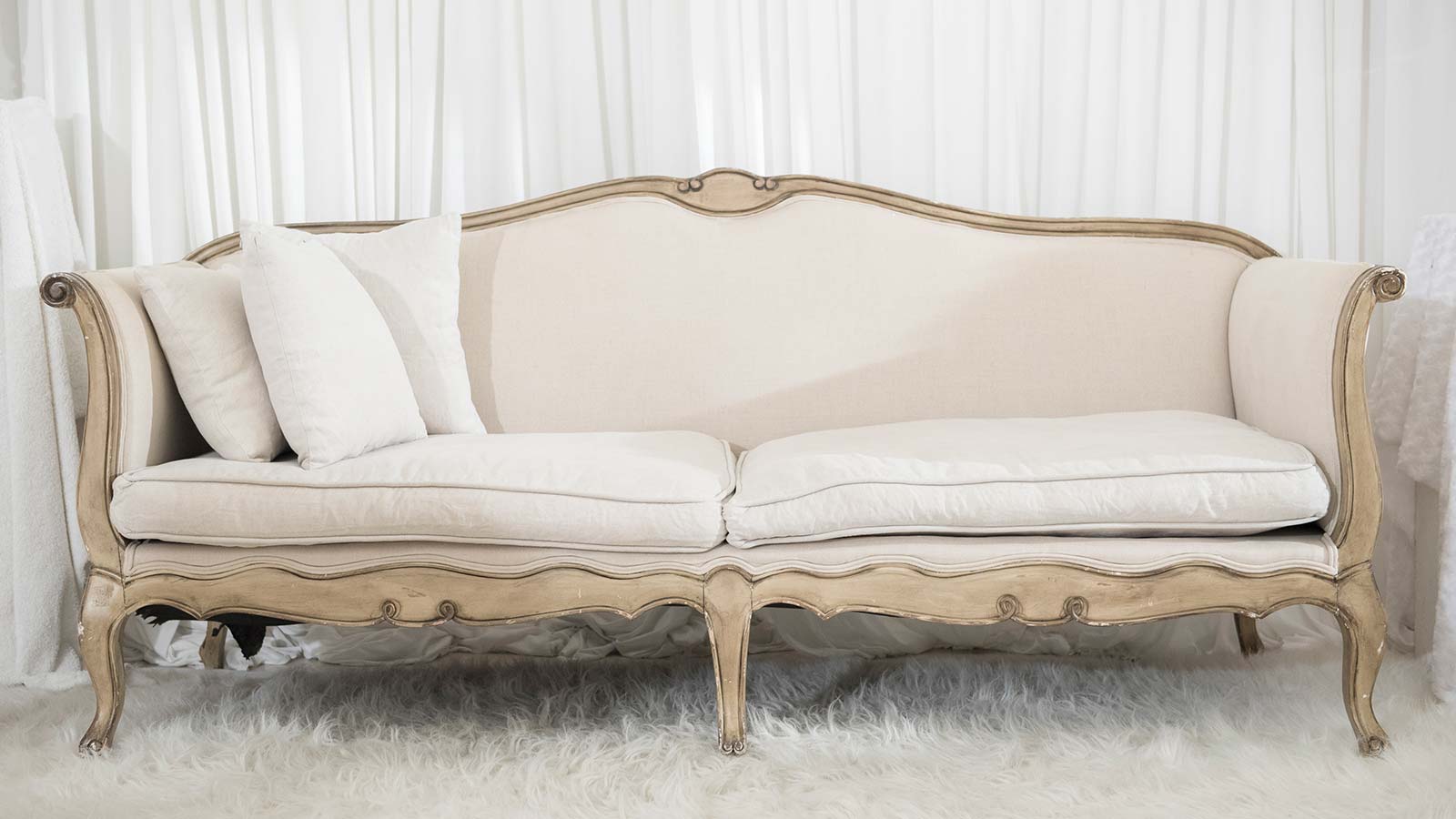
Italian Classic Furniture

Italian classic furniture seamlessly blends tradition with modern sensibilities. Its enduring elegance transcends eras. Here’s why:
– Harmonious Design: Italian pieces strike a balance between ornate and understated. Whether from the traditional age or the present, they exude timeless allure.
– Versatility: Italian designs adapt effortlessly to various interior styles. From Renaissance palazzos to contemporary apartments, they remain relevant.

Italian craftsmanship places great emphasis on detail. Let’s explore further:
– Curves and Joints: Every curve, joint, and angle is meticulously executed. Whether it’s the graceful arch of a headboard or the seamless connection of table legs, Italian artisans take pride in precision.
– Inlays: Inlays involve embedding contrasting materials (such as wood, metal, or marble) into furniture surfaces. These intricate patterns—often geometric or floral—add visual interest.

Materials play a pivotal role in Italian furniture. Here’s what you’ll find:
– Marble: Prized for its natural beauty and durability, marble graces tabletops, pedestals, and occasional tables. Its veining patterns make each piece unique.
– Rich Woods: Cherry, mahogany, and walnut are commonly used. These woods are stained to achieve warm, inviting tones.
– Metal Accents: Brass, bronze, and wrought iron appear as decorative accents, handles, and hinges. These metals complement the woodwork.
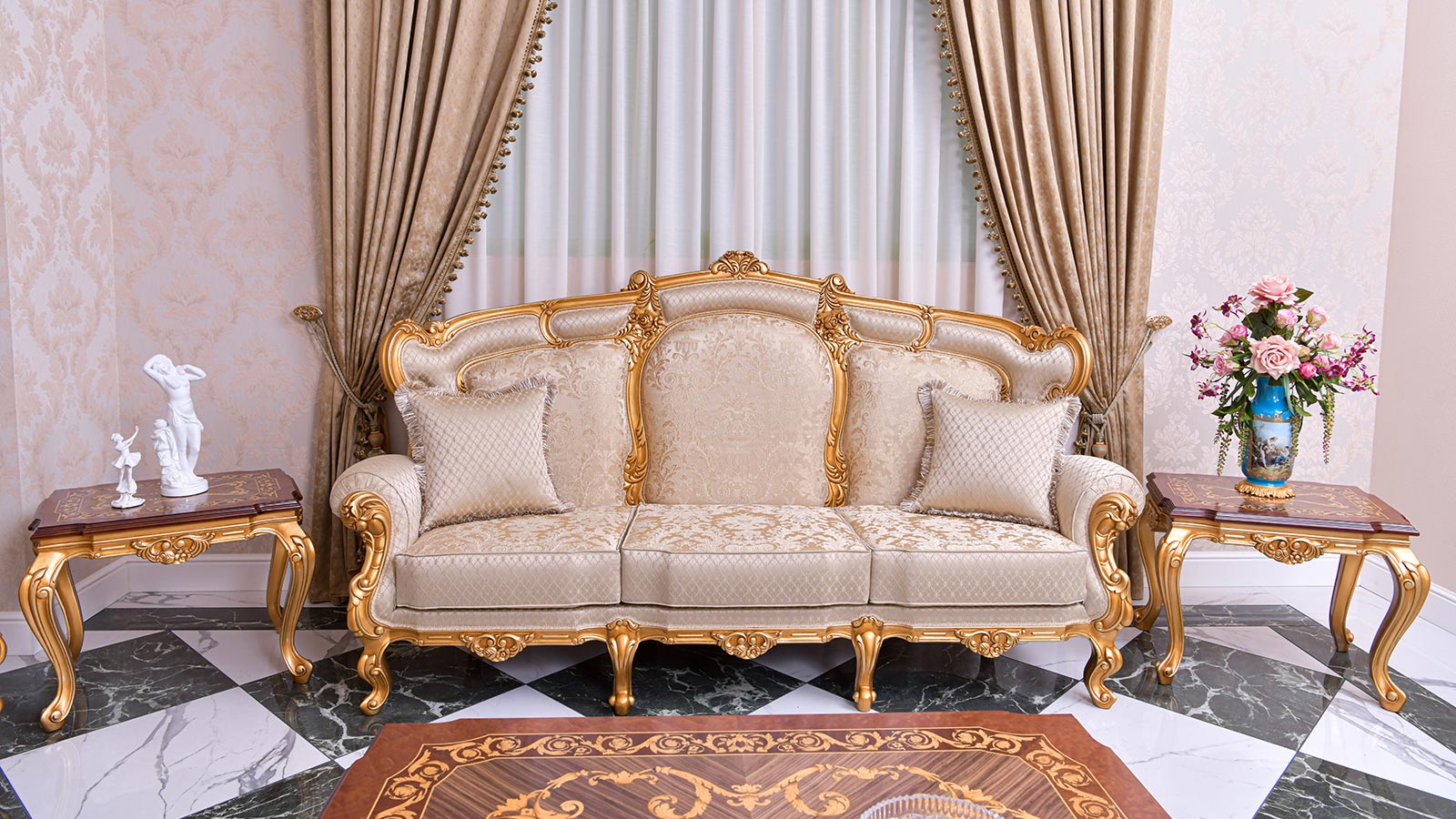
Comparing Designs: French vs. Italian
 French French |  Italian Italian | |
|---|---|---|
| Aesthetic Approach | Ornate, curvaceous, and romantic. Imagine the opulent Palace of Versailles with its grand chandeliers and intricate paneling. | Balanced, harmonious, and adaptable. Picture the refined simplicity of Florence's Renaissance architecture—the graceful arches and well-proportioned facades. |
| Motifs | Floral patterns, scrolls, and rococo influences. These motifs evoke the grandeur of French châteaux, where every detail is a statement. | Classical motifs—such as Greek key patterns—and geometric shapes. Italian designs celebrate symmetry and proportion, emphasizing timeless elegance. |
| Functionality | A blend of art and comfort. French furniture invites you to appreciate its beauty while enjoying practical use. | Practical yet artistic. Italian pieces seamlessly fit into daily life without compromising elegance. |
| Legacy | Influenced by Louis XV and Louis XVI styles. Rococo extravagance and neoclassical refinement characterize French classics. | Rooted in Roman, Renaissance, and Baroque traditions. Italian furniture draws inspiration from centuries of art and architecture. |

